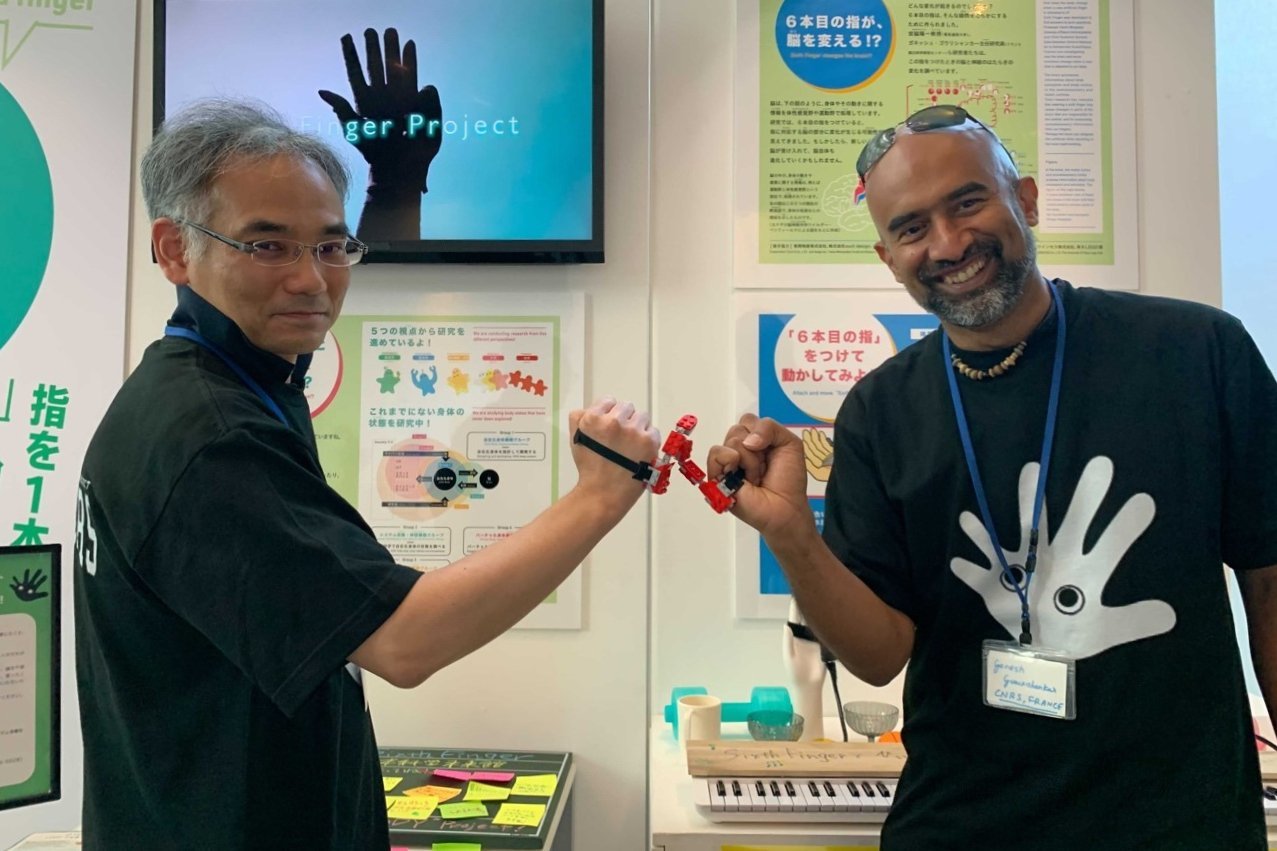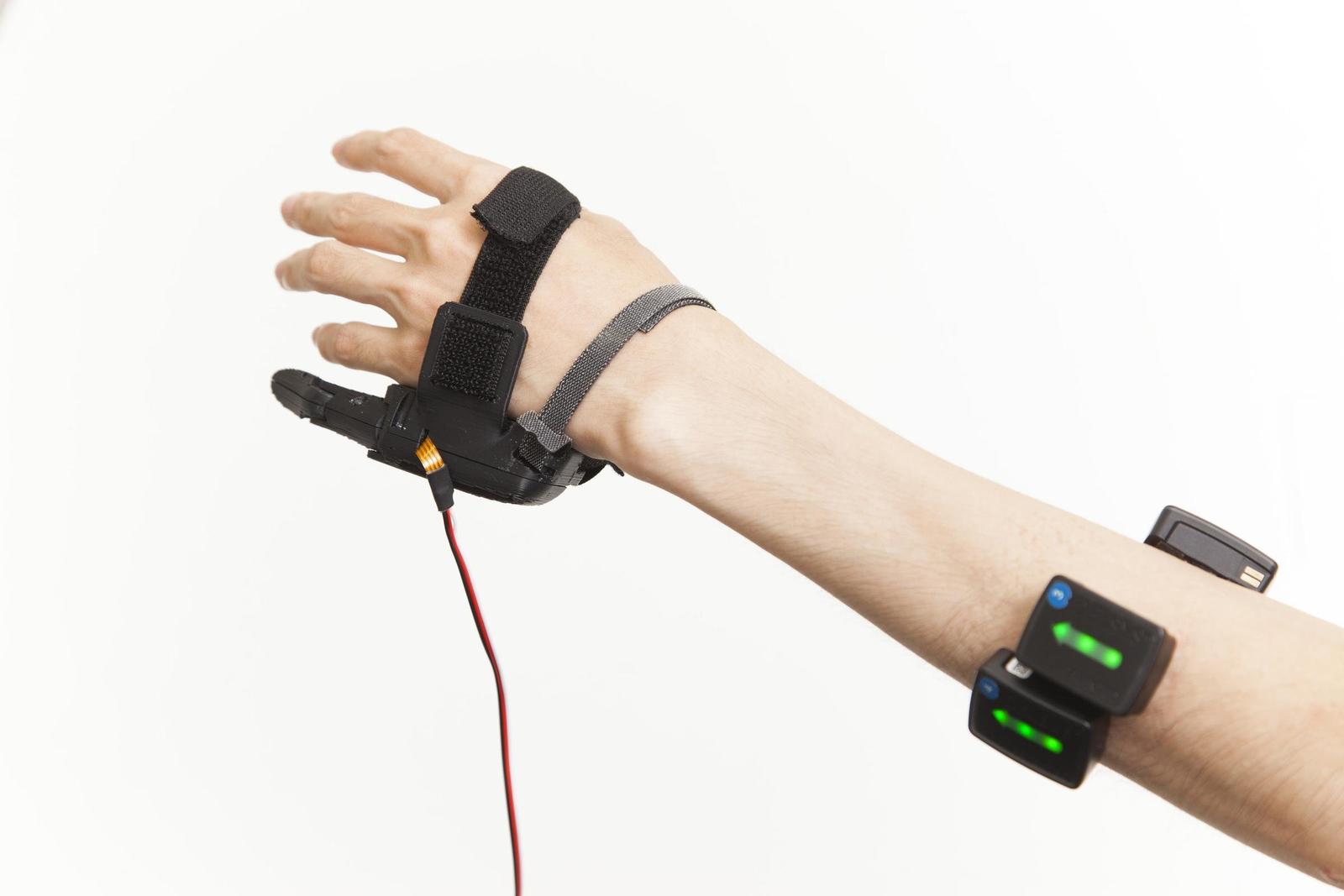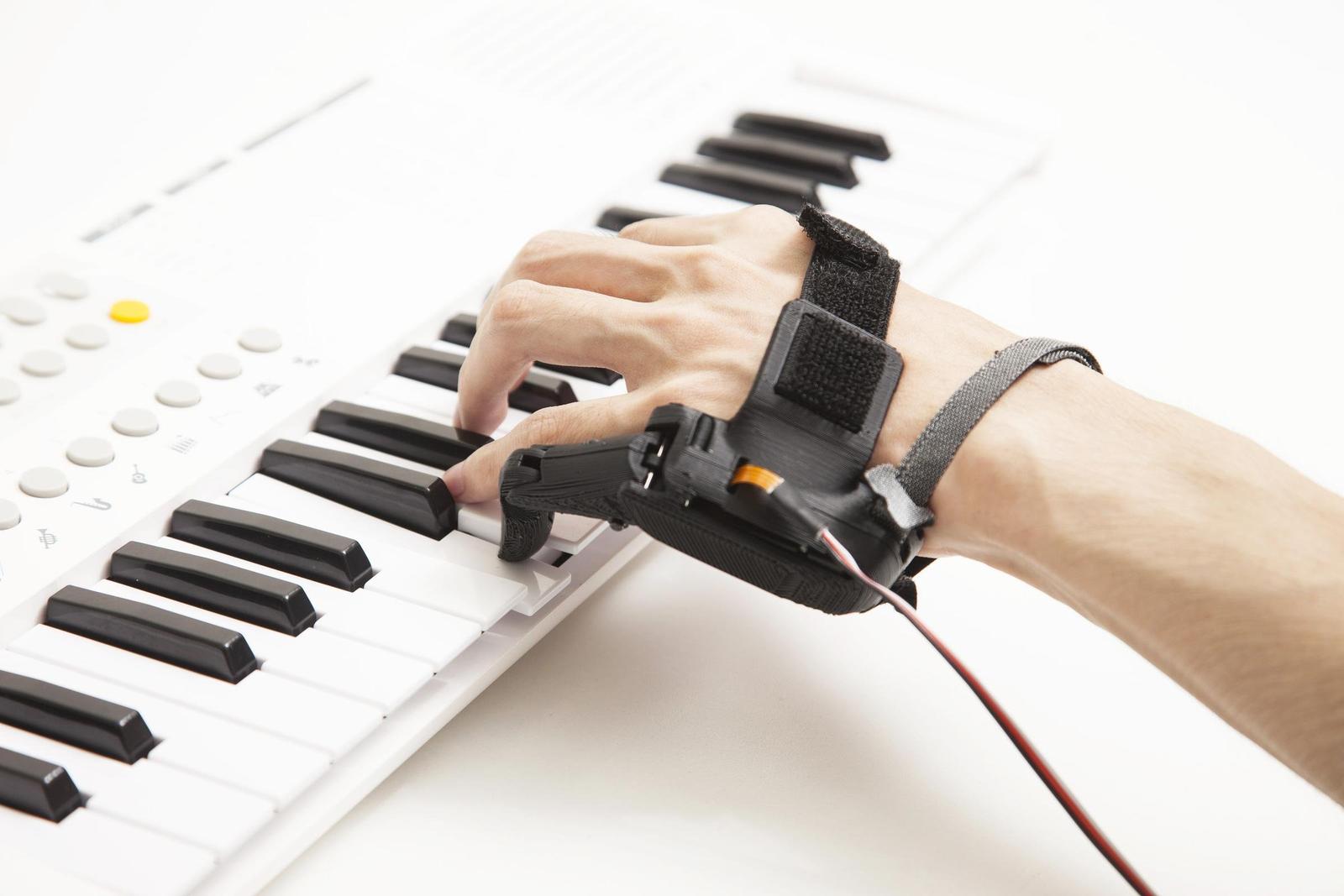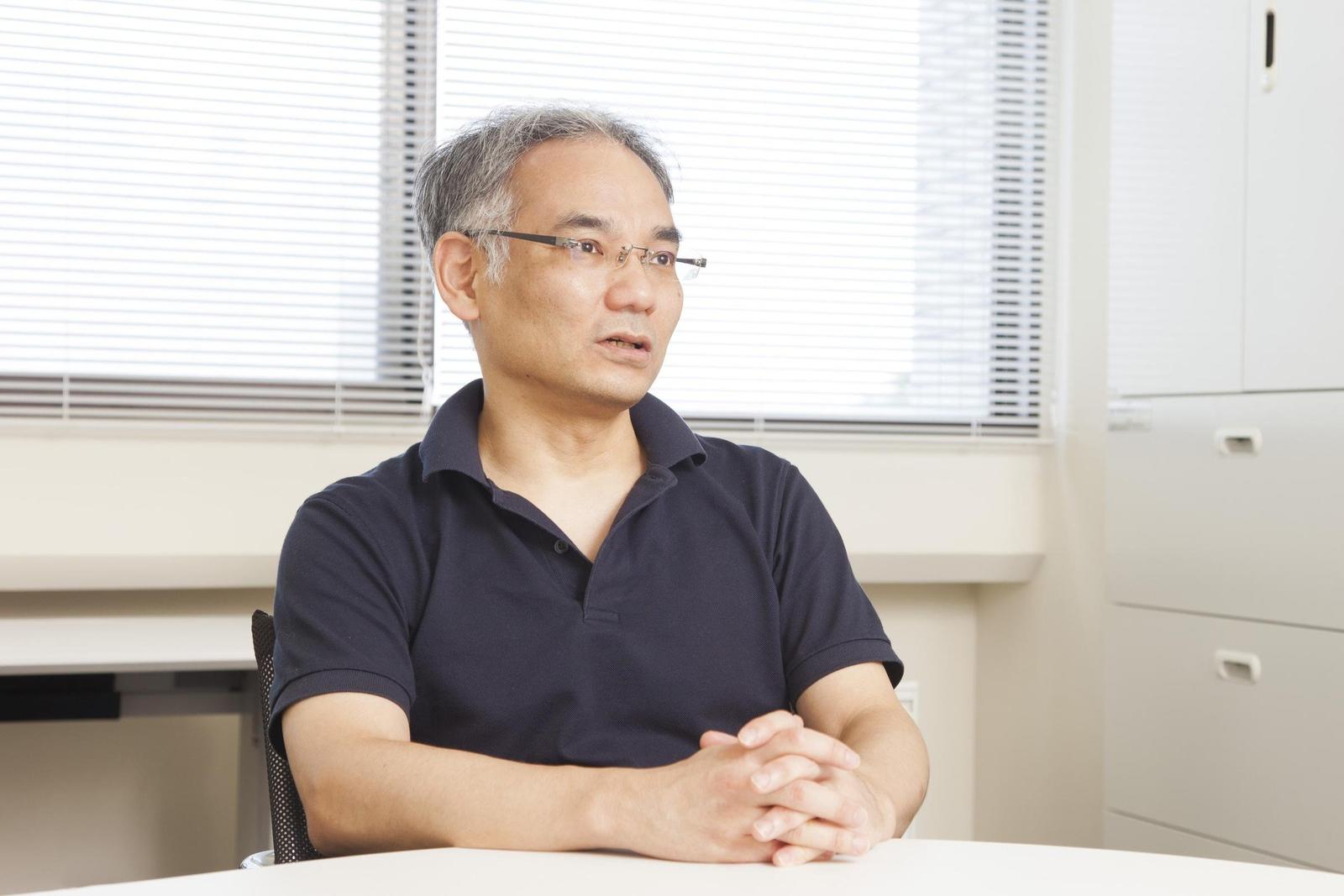Tokyo Evolving: How an Independently Controlled "Sixth Finger" Can Change One's Sense of Self

Wearing an Artificial Finger and One's Perception of Their Body
It was the summer of 2022. At the National Museum of Emerging Science and Innovation in Tokyo, the parent-child workshop for the "Imagination ⇄ Implementation: Creating Your Future with Robots" exhibition was proving to be perhaps the most popular event the museum had ever hosted. Participants in the workshop created Lego® "fingers" that they would attach to their hands, alongside researchers who had developed what was called the "sixth finger"—a controllable finger that can be attached to the hand, on the outer side of the pinky finger. The purpose of the workshop was for participants to be able to imagine the entire potential of the human body, and what society might look like in the future. The "sixth finger" is an artificial finger developed by The University of Electro-Communications in Tokyo and the Centre National de la Recherche Scientifique (CNRS) in France. Research for its development was a part of the "JST ERATO Inami JIZAI Body Project." "In the workshop, we had the kids make their very own 'finger' with Legos®, and see what it felt like to put it on. The finger doesn't actually move, of course, but the kids reacted to it so much more than we expected," says Professor Miyawaki.

Human bodies are resilient, and can adapt flexibly to change. It's been shown, for instance, that people who experience a loss of physical function as a result of accidents or impairments can move myoelectric prosthetic hands using the electrical signals generated in the remaining muscles. Going a step beyond that... Could a prosthetic body part, when given to a person who does not have that body part, be made to feel like a part of their body, with the person even able to control it? This was the question Professor Miyawaki and Professor Gowrishankar Ganesh of the CNRS set out to answer when they began their research into the sixth finger. "Research on devices like prosthetic hands and feet, robot arms, and finger-shaped artificial body parts has existed in the past. But to move these sorts of appendages, you needed to use the functionality or movement of remaining body parts. The sixth finger, on the other hand, is a new kind of artificial body part that can be controlled independently, without having to move any other body part."

The artificial finger developed by Professor Miyawaki and the rest of the team works as follows. Sensors are attached to the body so that they can pick up electrical signals from four muscles in the arm (the flexor carpi radialis muscle, the flexor carpi ulnaris muscle, the extensor carpi radialis longus muscle, and the extensor digitorum muscle). The sensors pick up patterns of electrical signals that are active during the stiffening of one's arm and not flexing of one's finger. These patterns are used to actuate the sixth finger, enabling users to flex it independent of their innate fingers. The artificial finger was attached to the outer side of the participants' pinky fingers with Velcro. Almost anyone using the artificial finger, Professor Miyawaki says, would be able to move it quite easily, as long as the electric signals from the muscles are picked up properly.
"We conducted experiments before and after the artificial finger was attached, asking participants to avoid letting their fingers or hand be hit by an obstacle, or covering their hand with a cloth, showing them a line on a screen, and asking them to touch where they think the line would extend to off-screen. And we found that participants who felt that the artificial finger was a part of their body after it was attached were less accurate in their perception of where their real pinky finger was, on the hand with the artificial finger. These results served as evidence that even artificial fingers that can be controlled independently can be made to feel like a part of the body."

"Wearable" Body Parts and a Potential Paradigm Shift
Professor Miyawaki's focus is on how the attachment and use of the sixth finger would affect the brain. The prevailing theory has been that there are specific areas of the brain that move different parts of the body, and that there is no such area for moving body parts that are not actually a part of the body.
"If participants feel that the sixth finger is their own finger, then which part of the brain is causing that? This is something we're still very much researching, and we're mainly looking at areas of the brain like the somatosensory cortex and the motor cortex, which correspond to sensation and motion of the hand."

The idea of acquiring a "new" body, he says, is also interesting from a social science perspective, especially when it comes to diversity. "Glasses are a good example. They're used to correct vision, and in some past decades they've been seen as uncool, but nowadays they've become fashionable, a way to express yourself. I think it'd be nice to live in an era in which having one more or one less finger, or wearing a prosthetic hand, is just another choice people are able to make."
Professor Miyawaki says that the sixth finger may be something that could revolutionize people's idea of normalcy, turning something that many thought was abnormal into something that seems very normal indeed. Artificial body parts, "wearable" in the same way as glasses and clothes, have the potential to change our perception of the world.
Photos by Fujimoto Kenichi
Translation by Amitt




